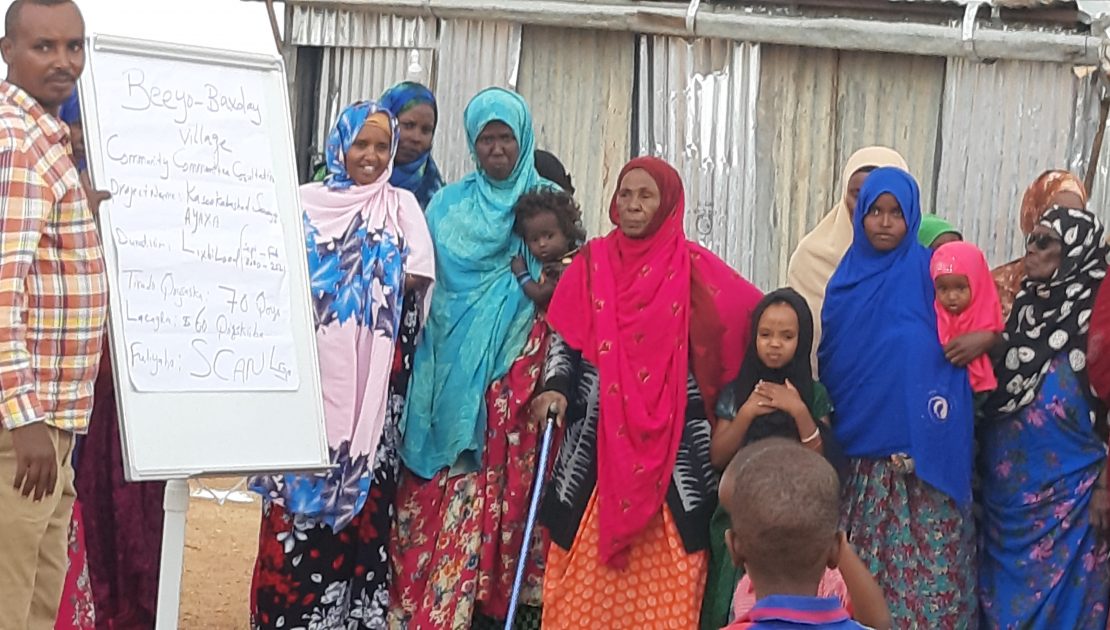
The desert locust is the most dangerous of all migratory pest species in the world due to its ability to reproduce rapidly, migrate long distances, and devastate crops. In order to minimize the frequency, severity, and duration of plagues, the Food and Agriculture Organization (FAO) of the United Nations operates a global early warning system based on the latest technological advances that have led to dramatic improvements in data management, analysis, and forecasting. The system can be a model for other early warning systems about migratory pests.
The UN notes that heavy flooding, as well as the effects of restrictions imposed in response to the COVID-19 pandemic, will compound the socio-economic impact of locust infestations, likely resulting in increased food and livelihood needs in affected areas.
The Desert Locust situation in Somaliland is now classified as Dangerous with bands of hoppers reported in the breeding grounds in Somaliland . Swarms are laying eggs that will soon hatch as the fourth generation of breeding in Somaliland.
According to our latest assessment of Gubato, Balayga-cas, Beeyo-baxday and Ilinta-dhexe villages under Darasalaam district and Cabudla, Carayaanbo, Agamsaha, Boodhley , Huluuq and Biyo-macaan Villages under Gabilay District we found the conditions remain favourable for the continued development of the Desert Locust and the hopper bands.
For communities that we visited during the assessment in this villages we found that they still reeling from a drought in 2018 which starved to death more than 70% of their animals, there may be little escape from the devastation which looms ahead.
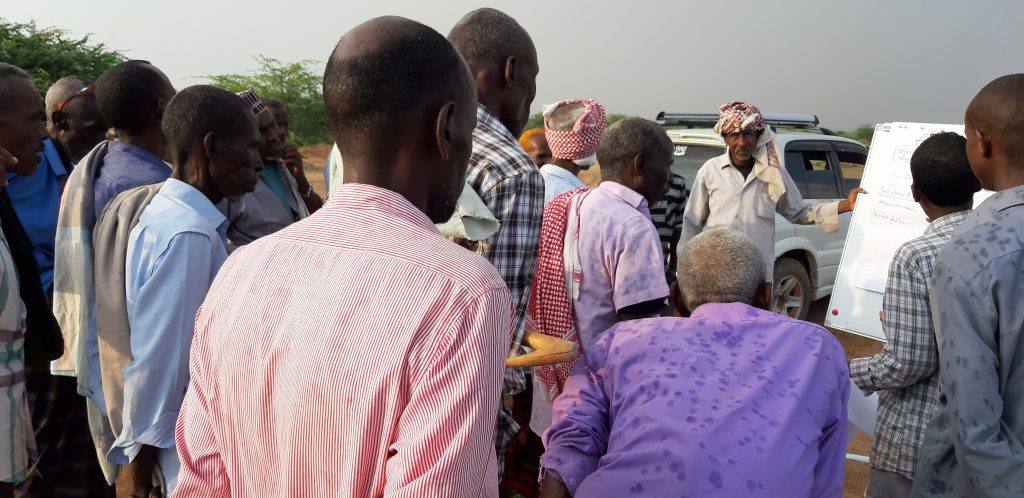
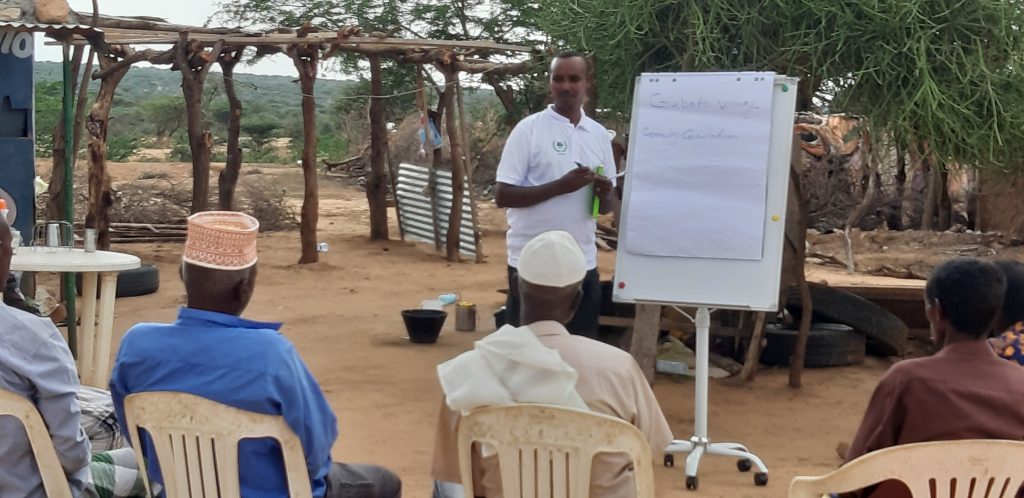
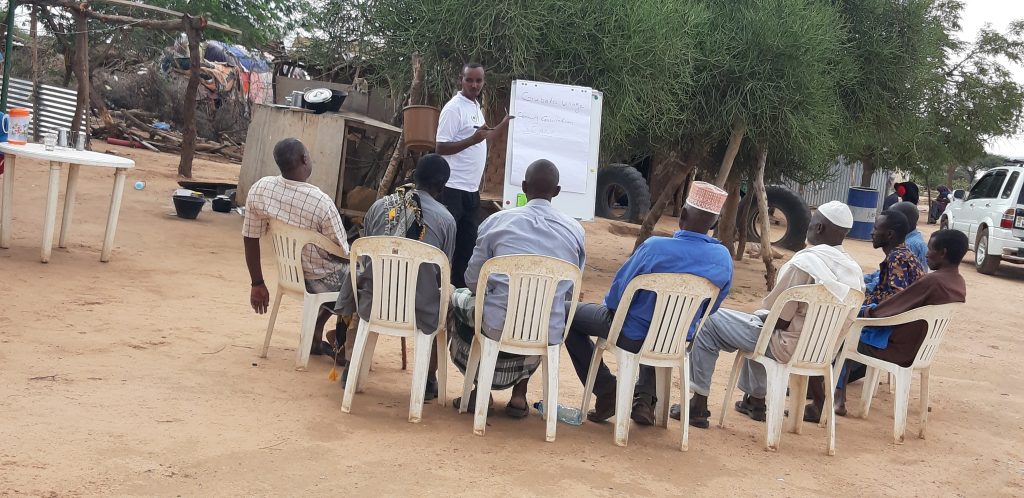
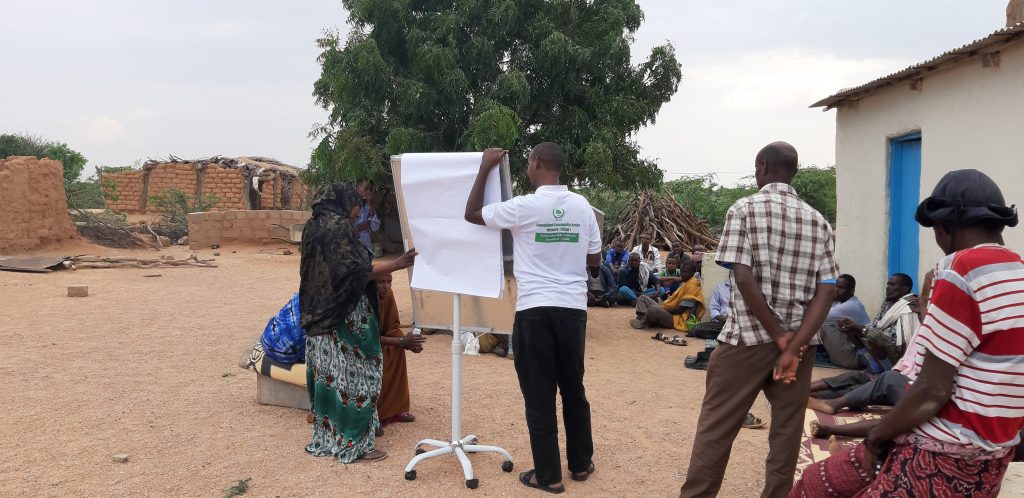
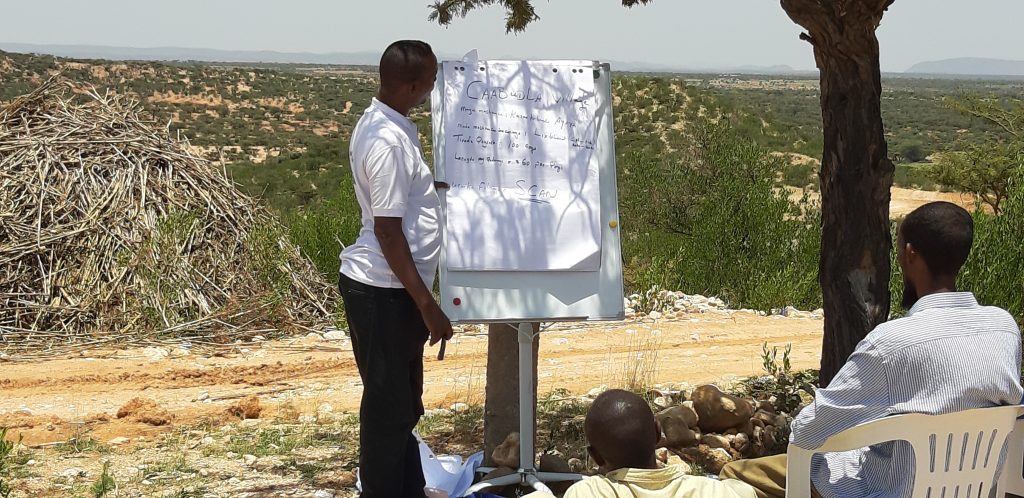
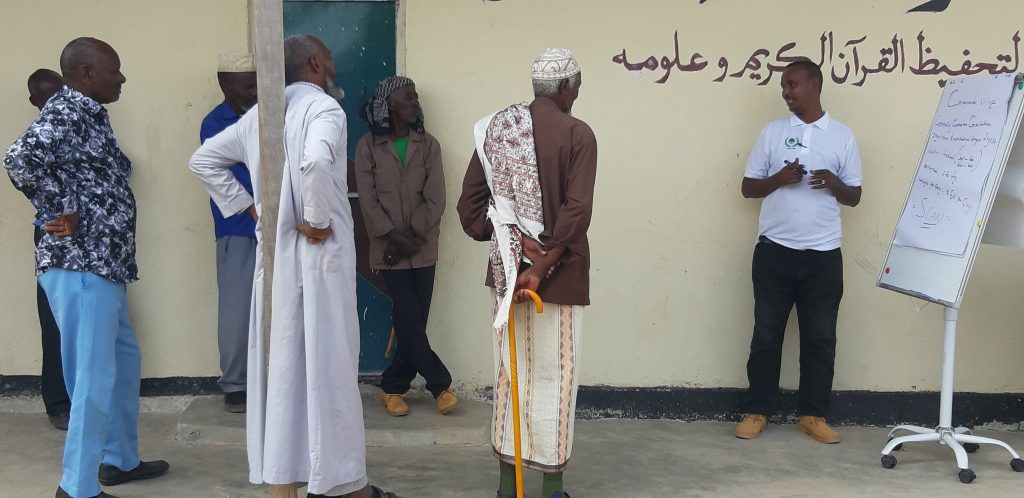
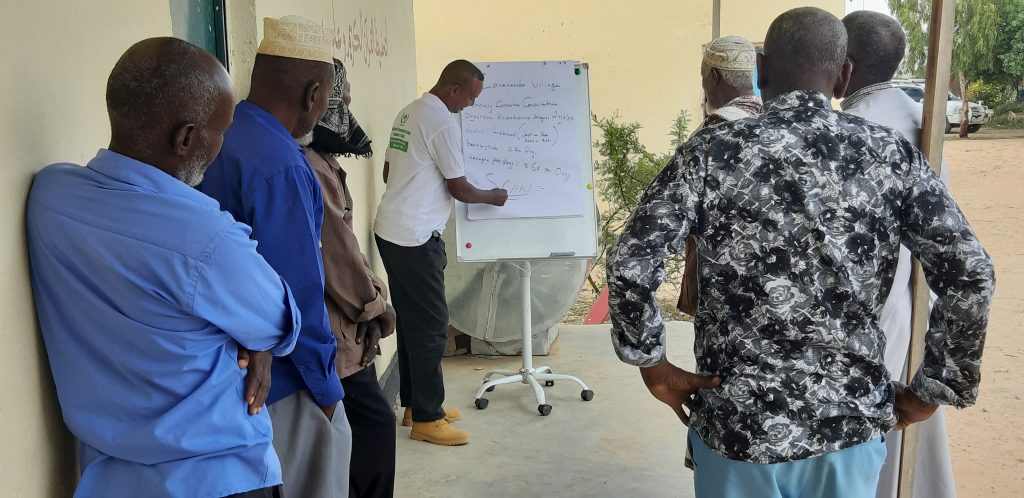
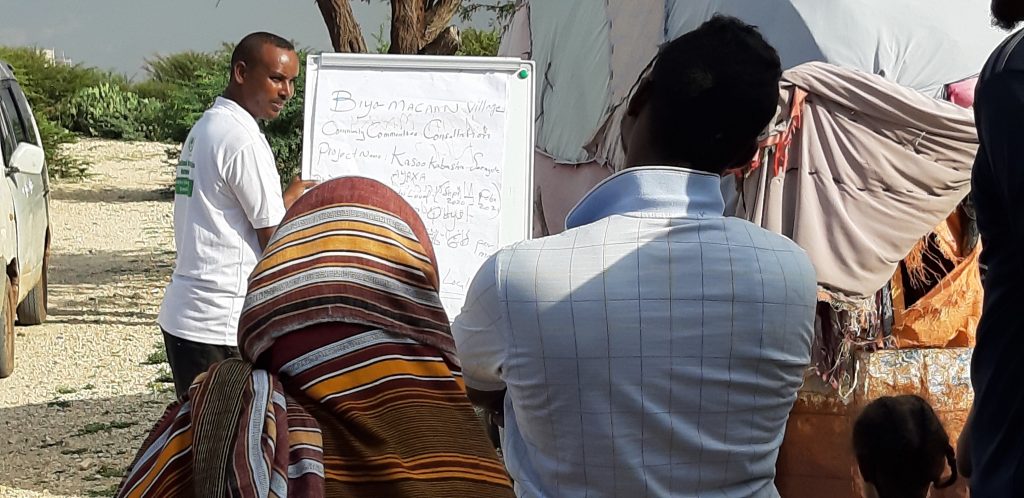
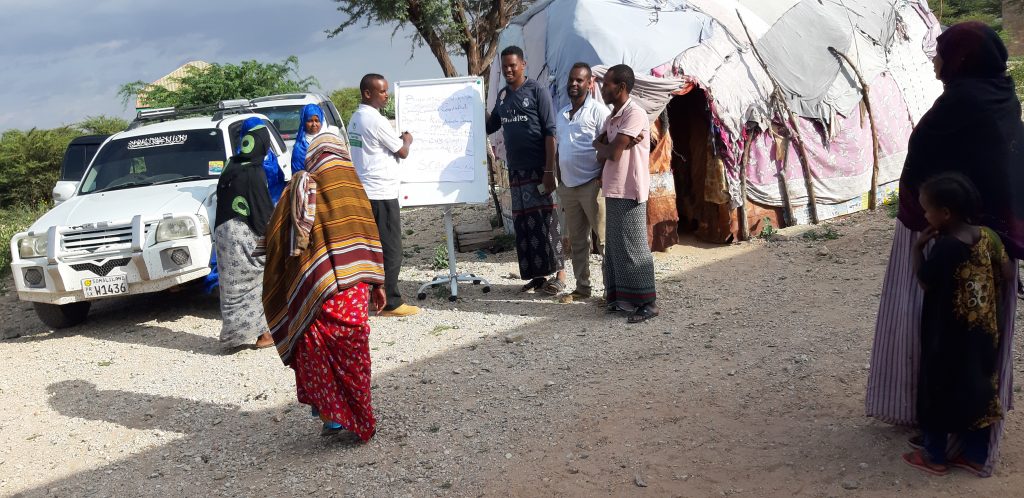
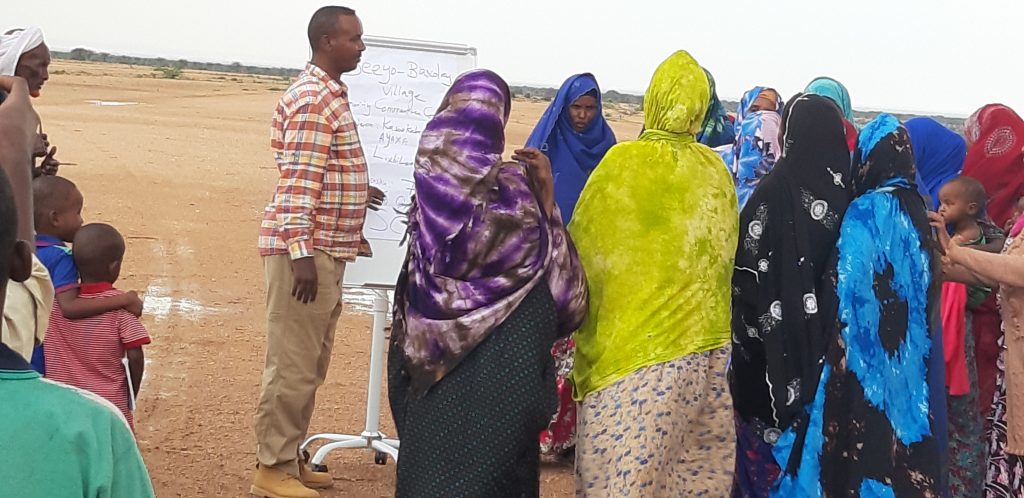
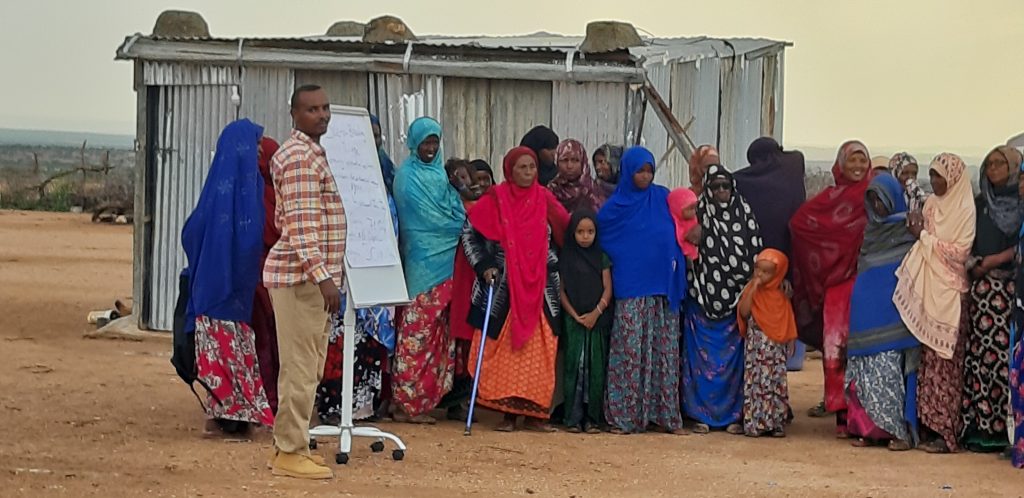
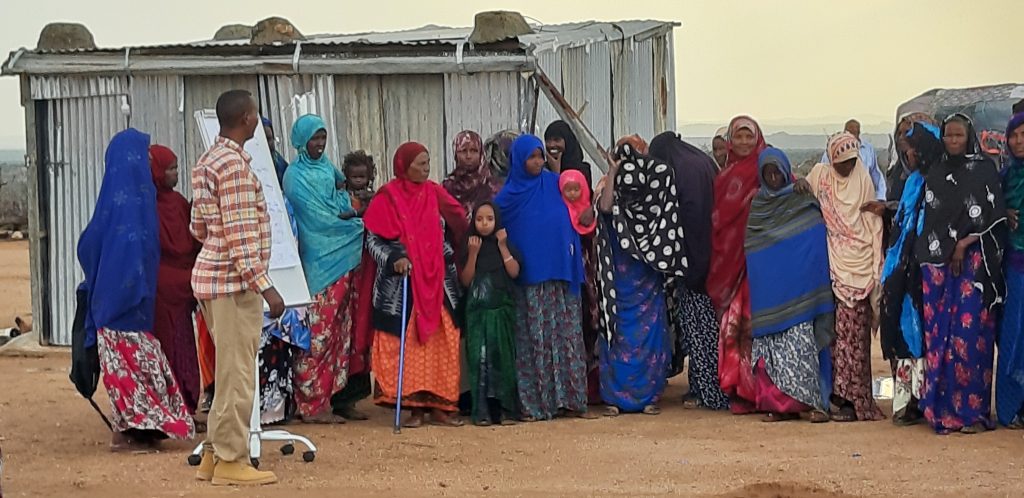
download the full report from this link below

No Comments